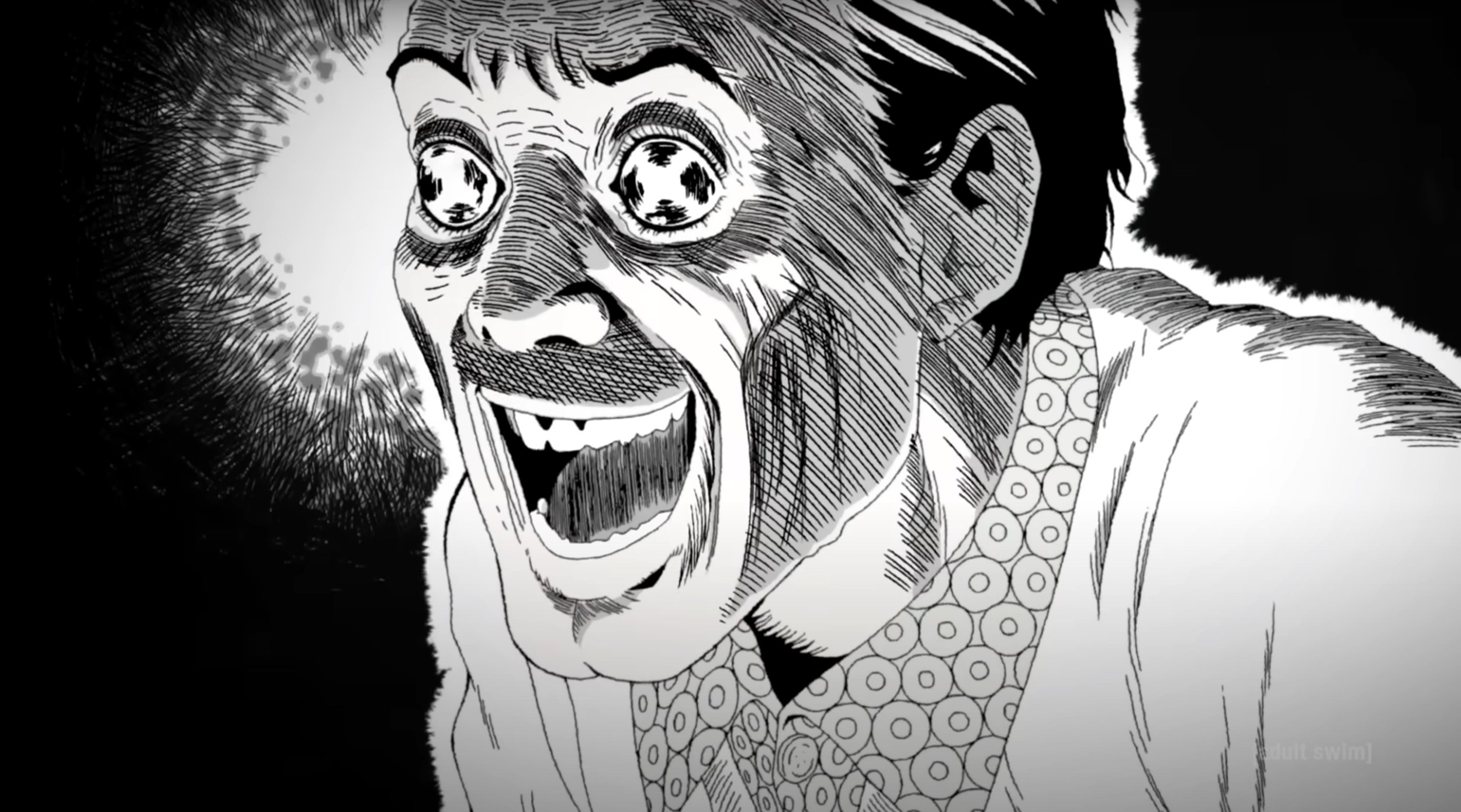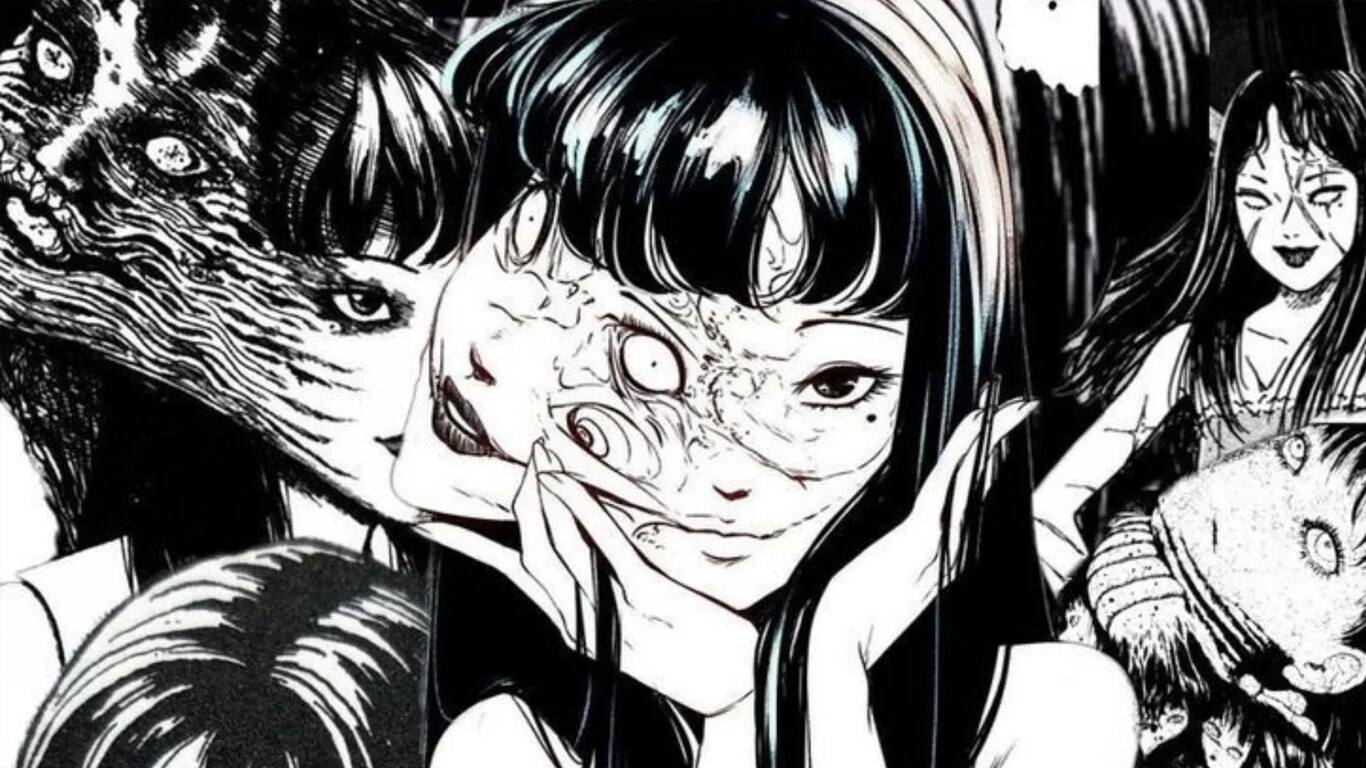Manga Uzumaki Junji Ito? Dude, this ain’t your grandma’s shoujo manga. We’re talking seriously twisted spirals, creeping dread, and art so freaky it’ll haunt your dreams. Prepare yourself for a mind-bending journey into the horrifying world of Junji Ito’s masterpiece, where everyday life gets warped into a nightmare fueled by, you guessed it, spirals. Get ready to question your sanity – and maybe even your love of pretty pictures.
This isn’t just another manga; it’s a psychological horror trip that messes with your head and leaves you questioning everything you thought you knew about the mundane. From the unsettling narrative structure to Ito’s iconic grotesque art style, Uzumaki is a masterclass in building suspense and creating an atmosphere so thick you could cut it with a rusty knife.
We’ll explore the symbolism, the characters’ descent into madness, and the overall creepy vibe that makes this manga a cult classic.
Uzumaki: A Deep Dive into Junji Ito’s Masterpiece: Manga Uzumaki Junji Ito
Yo, what’s up, manga heads? Let’s get real about Junji Ito’s Uzumaki. This ain’t your average horror manga; it’s a mind-bending trip into the terrifying world of spirals. We’re diving deep into the narrative structure, Ito’s killer art style, the themes that’ll keep you up at night, the character development, and the cultural context that makes this manga so freakin’ unique.
Enhance your insight with the methods and methods of mahito manga panels.
Get ready to have your mind twisted.
Uzumaki’s Cyclical Narrative Structure
Uzumaki isn’t your typical linear story. It’s all about the cyclical nature of the spiral, mirroring the inescapable nature of the curse. The narrative structure itself spirals, building tension slowly before unleashing waves of escalating horror. The spiral motif isn’t just a visual element; it’s the very backbone of the storytelling, influencing the pacing, the imagery, and the characters’ fates.
Foreshadowing is key – subtle hints and escalating weirdness build suspense, keeping you on the edge of your seat. The story’s progression is less about a clear plot and more about a descent into madness.
| Event | Chapter | Significance | Impact on Character(s) |
|---|---|---|---|
| The discovery of spiral-related phenomena | Early Chapters | Introduces the central mystery and escalating horror. | Initial curiosity and unease in Kirie and Shuichi. |
| Increasingly bizarre spiral occurrences | Chapters 5-10 | Escalates the threat and demonstrates the curse’s power. | Growing fear and paranoia among the townspeople. |
| Physical transformations due to the spiral | Chapters 10-15 | Highlights the irreversible nature of the curse. | Characters begin to lose their sanity and humanity. |
| The town’s complete takeover by spirals | Final Chapters | Climax of the curse’s destructive power. | Total loss of control and ultimate demise. |
Junji Ito’s Artistic Style in Uzumaki
Ito’s art style in Uzumaki is, to put it simply, iconic. It’s a masterclass in creating unsettling beauty. The linework is precise and detailed, creating a sense of both realism and surrealism. His shading techniques build a chilling atmosphere, highlighting the grotesque and the disturbing. Panel composition is crucial; Ito uses it to control the reader’s gaze, guiding them through the escalating horror.
Visual metaphors are everywhere, using spirals to represent obsession, decay, and the inevitable destruction of sanity. The grotesque imagery isn’t just shocking; it’s integral to the story’s themes.
- Line Style: Precise, detailed, and often unsettlingly smooth, creating a sense of unease.
- Shading Techniques: Uses hatching and cross-hatching to build depth and shadow, amplifying the sense of dread and unease.
- Panel Layouts: Dynamic and varied, often using unusual angles and perspectives to disorient the reader and emphasize the spiral motif.
- Use of Color (or lack thereof): Primarily monochromatic, using shades of gray and black to create a chilling and oppressive atmosphere.
Thematic Exploration in Uzumaki, Manga uzumaki junji ito
Uzumaki isn’t just about spirals; it’s about the human condition. Obsession, the destructive power of the supernatural, and the fragility of sanity are all central themes. The spiral itself is a potent symbol, open to various interpretations – it can represent the cyclical nature of life and death, the relentless march of time, or the inescapable grip of madness.
Ito masterfully intertwines these themes through his art, visually representing the characters’ psychological states through their physical transformations and the increasingly distorted environment.
- Obsession: The characters’ obsession with the spirals leads to their downfall. Example: The man obsessed with spiral seashells.
- Destructive Power of the Supernatural: The curse is a relentless force that consumes everything in its path. Example: The transformation of the town itself.
- Fragility of Sanity: The characters’ mental states deteriorate as the spiral’s influence grows stronger. Example: The increasing paranoia and erratic behavior of the townspeople.
Character Development in Uzumaki
Kirie Goshima, the protagonist, is a relatable character whose initial skepticism gradually transforms into a desperate fight for survival. Shuichi Saito, her boyfriend, plays a crucial role, showcasing the different ways people react to the escalating horror. Secondary characters, though often briefly seen, serve to illustrate the widespread impact of the curse and the diverse responses to it.
The spiral’s influence profoundly affects the characters’ behavior and psychological states, leading to dramatic transformations.
| Character | Initial State | Transformation | Final State |
|---|---|---|---|
| Kirie Goshima | Curious, skeptical, and grounded | Gradual descent into fear and acceptance of the inevitable | Resilient but ultimately overwhelmed by the curse |
| Shuichi Saito | Initially rational and supportive | Increasingly obsessed and affected by the spirals | Driven to madness and self-destruction |
| Various Townspeople | Normal, everyday individuals | Physical and mental deterioration due to the curse | Victims of the spiral’s relentless power |
Uzumaki’s Cultural and Historical Context

Spirals hold deep cultural significance in Japanese folklore and mythology, often associated with both creation and destruction. The setting, Kurouzu-cho, is a fictional town but evokes a sense of isolation and vulnerability, contributing to the overall atmosphere of dread. Ito subtly incorporates real-world phenomena and concepts, adding layers of depth and intrigue. The Golden Ratio, for example, appears in several scenes, highlighting the mathematical precision of the spiral’s design and the almost perfect symmetry of destruction.
One particularly chilling scene depicts a character’s hair transforming into a swirling mass of spirals. The setting is a dimly lit, rain-soaked street, emphasizing the town’s decaying state. The character’s eyes are wide with terror, reflecting the utter helplessness they feel in the face of the unstoppable force. The overall mood is one of overwhelming dread and despair, a visceral representation of the curse’s unrelenting power.
So, yeah, Uzumaki. It’s not for the faint of heart. But if you’re into bone-chilling horror, mind-bending visuals, and a story that burrows its way under your skin, then this manga is a total must-read. The unsettling spiral motif, the unforgettable characters, and Ito’s uniquely disturbing art style all combine to create a truly unforgettable experience.
Just… don’t look for patterns in your wallpaper afterwards. You’ve been warned.


